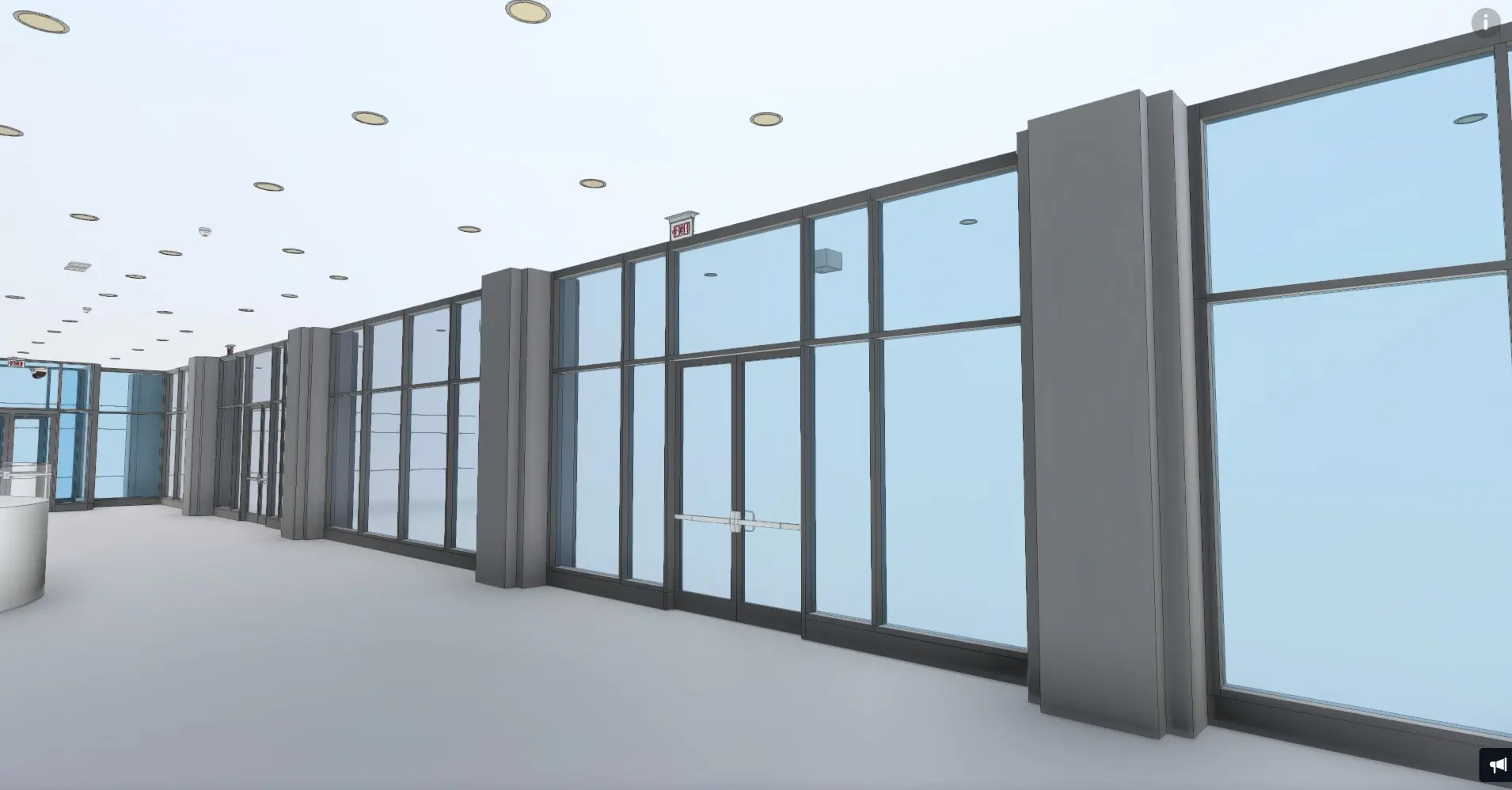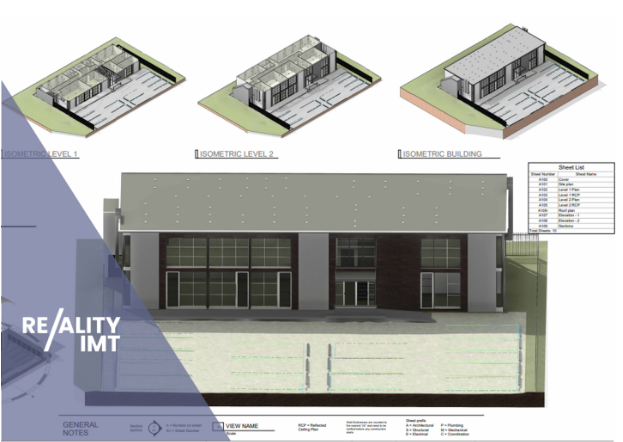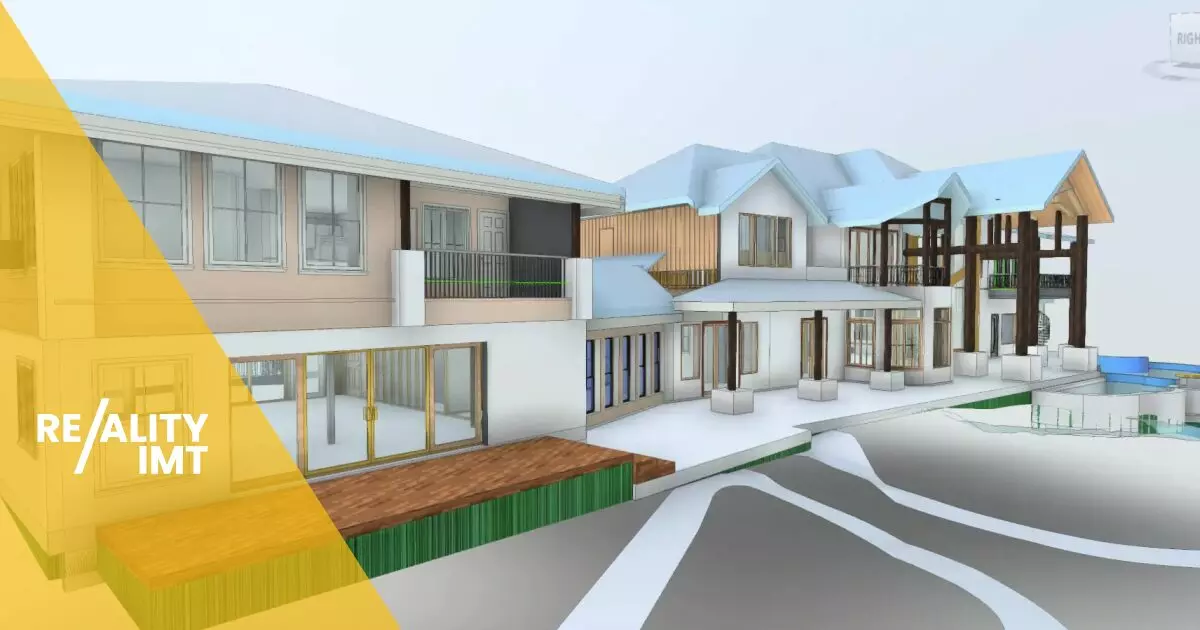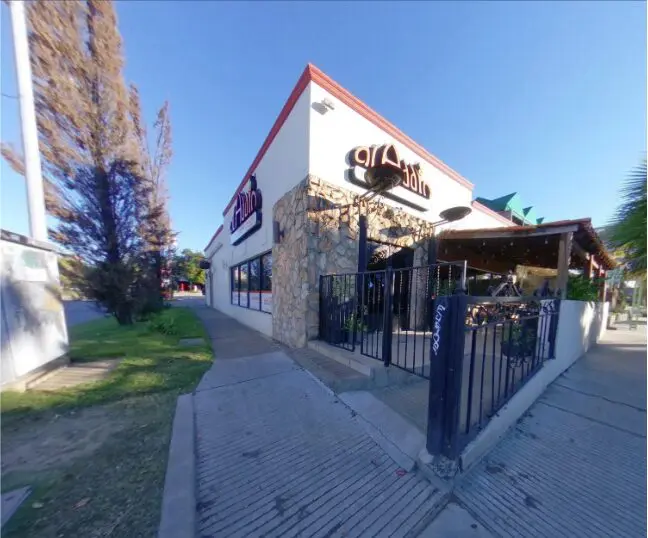Measurement technology plays a vital role in architecture, as it is the key to designing and planning different construction projects. Its evolution over time has been marked by the increasing need for accurate measurements in various types of buildings.
In fact, this technology has developed from bare-bones measuring methods of the ancient world to high-end systems that can process enormous amounts of data at once. In this article, we’ll explore the evolution of measurement technology in architecture by taking a look at some of the tools used over time.
Calibrated Ropes
The ancient Egyptians had surprisingly detailed knowledge of geometry, which allowed them to develop a variety of tools for measuring and surveying. One such tool was the calibrated rope. This rope had knots placed at certain intervals that could be used to measure distances and areas.
For example, if a person wanted to measure the length of a field, they would count out a number of intervals that occur between two ends of the field. Afterward, they would multiply the number of intervals by the length ascribed to one interval. This length was usually around 10 royal cubits or roughly around 17ft in today’s terms.
Wooden Folding Rulers
The wooden ruler was a popular measuring device in the ancient world. It is believed that this type of ruler dates all the way back to 2650 BC, and was used for a variety of purposes by architects, builders, and craftsmen.
However, this technology had one major drawback for architects and engineers. Namely. it would be impractical if not impossible to precisely measure slightly longer lengths with a regular-sized ruler. However, carrying a large ruler around isn’t a viable solution in this case. That is where the practical design of a folding ruler comes into play.
Wooden folding rulers consist of multiple pieces of wood that are joined together and then folded and unfolded depending on your needs. Aside from allowing users to measure larger distances with ease, this device can also be used for estimating angles. And even though folding rulers aren’t as popular as they once were, they are still a part of every architect’s toolkit.
Measuring Wheels
The predecessor of the measuring wheel as we know it today, the odometer, appears as early as 15 BC. This contraption would measure distances traveled by chariots or other ancient vehicles.
Later, modern measuring wheels began to take shape in the 1600s when they were mostly used to measure land area. Today, you can find state-of-the-art measuring wheels at any construction site out there.
The way these devices function is pretty straightforward. First of all, a surveyor must be aware of the circumference of the wheel at hand. Then, they roll it straight from point A to point B, counting the number of times it has made a full circle. Finally, they multiply this number by the circumference which gives them the length of that line.
Fortunately, modern wheel measurers have a sophisticated mechanism that can measure the distance without the counting process.
Measuring Tape
The most common and simplest type of measuring technology in architecture is by far the measuring tape. It’s a tool that has been used for thousands of years to measure areas for construction purposes.
Measuring tapes are made up of a long strip of fabric, usually cloth or plastic, with a metal or plastic blade along one edge. The tape is marked with measurements in either inches or centimeters. You use it quite simply by attaching one end to some sort of point, while the other can be moved around to find an accurate measurement.
Measuring tapes are the most widely used type of measurement equipment because they are inexpensive, easy to use, and provide an instant reading on site. They are also fully portable, allowing you to measure distances wherever you are without any additional tools.
While modern-day measuring tapes have more advanced features than their ancient counterparts, they still rely on direct contact between the blade and what it’s being measured against. However, this can be difficult when using it on surfaces with lots of irregular shapes or edges, such as roofs or walls, as these surfaces may not provide an accurate reading due to the tape being stretched out too much.
Laser Measurers
planning different construction projects are the newest technology available to architects. These devices work by sending a laser beam to an object and then calculating how far away it is based on the beam’s return time. They are best for creating digital plans and sketches of buildings, structures, and even landscapes.
Not only do these devices save time and energy, but they provide more accurate measurements than the traditional methods mentioned here. In addition, laser measuring instruments don’t require any calibration or adjustments because they use interference patterns that are accurate to a millimeter. And unlike other types of measuring devices, laser measurers can be used on uneven surfaces with less chance of error.
Finally, these devices can create 3D computer-generated architectural design models without any further effort. Contractors can then utilize these models to plan the building process more efficiently, which, in turn, reduces costs for both parties involved.
Final Thoughts
Measuring technology has transformed the way architects design buildings and manage large-scale projects. And the future of architectural construction will be even more exciting as new devices are being introduced regularly. However, we can still appreciate and even learn from the evolution of measuring technology from ancient civilizations to this day.



